Hiring in the Digital Era: Why Identity Proofing Matters More Than Ever


For hiring teams, the last few years have been marked by two parallel shifts. On one side, recruiting has become more digital, distributed, and fast. On the other, fraud has evolved in both volume and sophistication. Remote interviews. Global recruiting pipelines. Contract and freelance marketplaces. All of these are positive for growth and talent access, but they have also created vulnerabilities across the hiring lifecycle.
Fraud is no longer limited to forged resumes or inflated credentials. It now includes applicants who use someone else's identity to pass background checks, professional imposters interviewing under assumed names, and interviewees using AI voice and video tools to represent themselves as someone they are not. In high risk fields like healthcare, financial services, government contracting, and education, the consequences can be serious: regulatory exposure, data breaches, safety risks, and reputational harm.
This is the context in which many organizations are beginning to work with digital identity companies. Not to slow hiring down, but to protect it. The question is no longer whether identity verification matters. It is how to do it well, without creating friction for legitimate applicants or deterring great talent.
The Risk Landscape Has Changed
Ten years ago, most candidate fraud was unsophisticated. Fake addresses. Embellished job titles. A cousin pretending to be a reference. Recruiters were trained to look for inconsistencies in tone or small resume gaps. The assumption was that if a candidate could get through an interview, pass a background check, and supply standard employment documentation, they were who they said they were.
That assumption no longer holds.
Three trends are driving this shift:
- Remote Hiring as the Default: Many organizations no longer meet candidates in person. The interview and onboarding processes happen entirely online. Identity trust is built on screens and signatures, not in a physical room.
- AI Tools That Lower the Bar for Impersonation: Voice changers, AI generated headshots, and deepfake video assistance tools are no longer complex to access. They are consumer available and inexpensive.
- More Incentives to Commit Fraud: Higher wages for remote roles. More flexible identity onboarding requirements. Gig roles with direct access to customer data or financial systems. Fraudsters follow opportunity.
The result is a new class of candidate fraud. Individuals who apply for roles on behalf of others. Contract workers who substitute themselves with unauthorized replacements. Fraud rings that target industries with known background check weaknesses. These are not isolated cases. They are systemic and increasing.
Why Identity Verification Alone Is Not Enough
Many organizations have already tried to solve this by adding more steps: more IDs, more forms, more background checks. The challenge is that traditional verification is designed for document validation, not identity trust.
A passport does not tell you who is actually sitting behind the screen.
A background check only confirms that information is tied to a name, not the person showing up to work.
A signed employment offer proves agreement, not authenticity.
This gap between documents and real identity is where most candidate fraud takes place. Digital identity providers are designed to close that gap.
What Digital Identity Providers Actually Do
A modern digital identity platform verifies that a person is who they say they are, in real time, during the hiring process. This generally includes four core capabilities:
- Identity Proofing: Confirming that a government issued ID is valid, unaltered, and matches the identity being claimed.
- Biometric Liveness and Matching: Ensuring that the person presenting the ID is physically present, not a deepfake, and matches the document photo.
- Fraud Signal Intelligence: Detecting indicators of synthetic identities, shared devices, unauthorized assistance, and behavioral anomalies.
- Chain of Trust Recordkeeping: Creating verifiable, audit ready records that support compliance, reduce disputes, and enable internal review.
When these capabilities are integrated across the hiring journey, the question shifts from “Did the candidate submit a valid document?” to “Can we confirm that the real, live person interviewing and working for us is the same individual represented in our HR systems?”
That difference is the foundation of true identity trust.
Where Identity Comes Into Play in Hiring
Digital identity should not be a final checkbox at the end of the process. It should support trust across the entire lifecycle of hiring and employment.
Candidate Screening and Interviewing
Verifying identity before conducting interviews prevents time loss and reduces fraud early. It also builds fairness. Every candidate is treated the same.
Offer and Onboarding
Identity proofing tied to employment authorization ensures that the person who signs the offer and completes onboarding is the same person who interviewed.
Access and System Permissions
For roles involving sensitive information, financial systems, or customer data, identity verification can be tied to access controls and credential issuance.
Contractor and Contingent Workforce Management
Platforms that use rotating staffing or subcontractor labor benefit from continuous identity confirmation, especially when work is remote.
Identity trust is not a single event. It is a process.
Disclaimer: Proof’s products are designed solely for identity verification and fraud prevention. They are not to be used to evaluate a candidate’s qualifications, character, or suitability for employment.






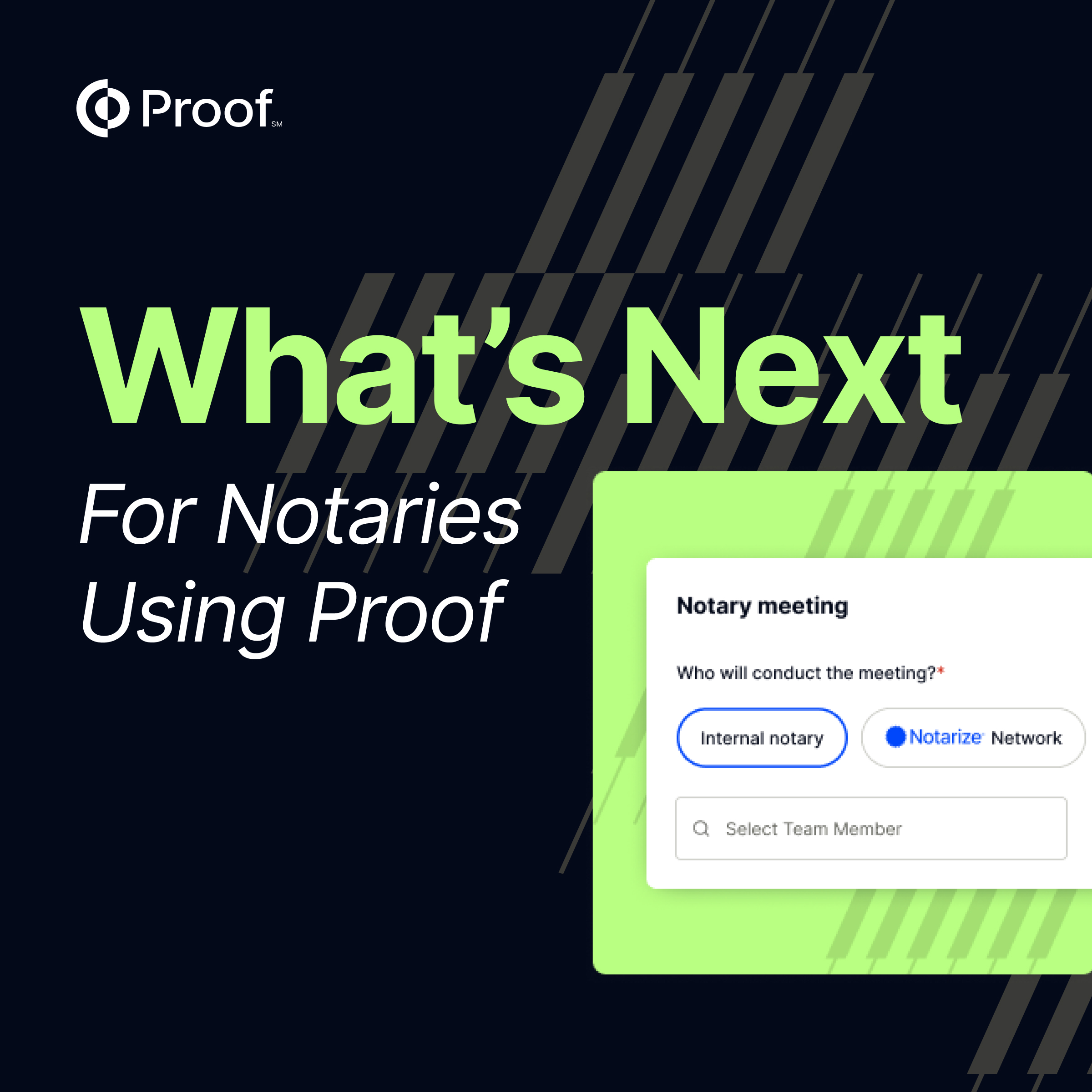






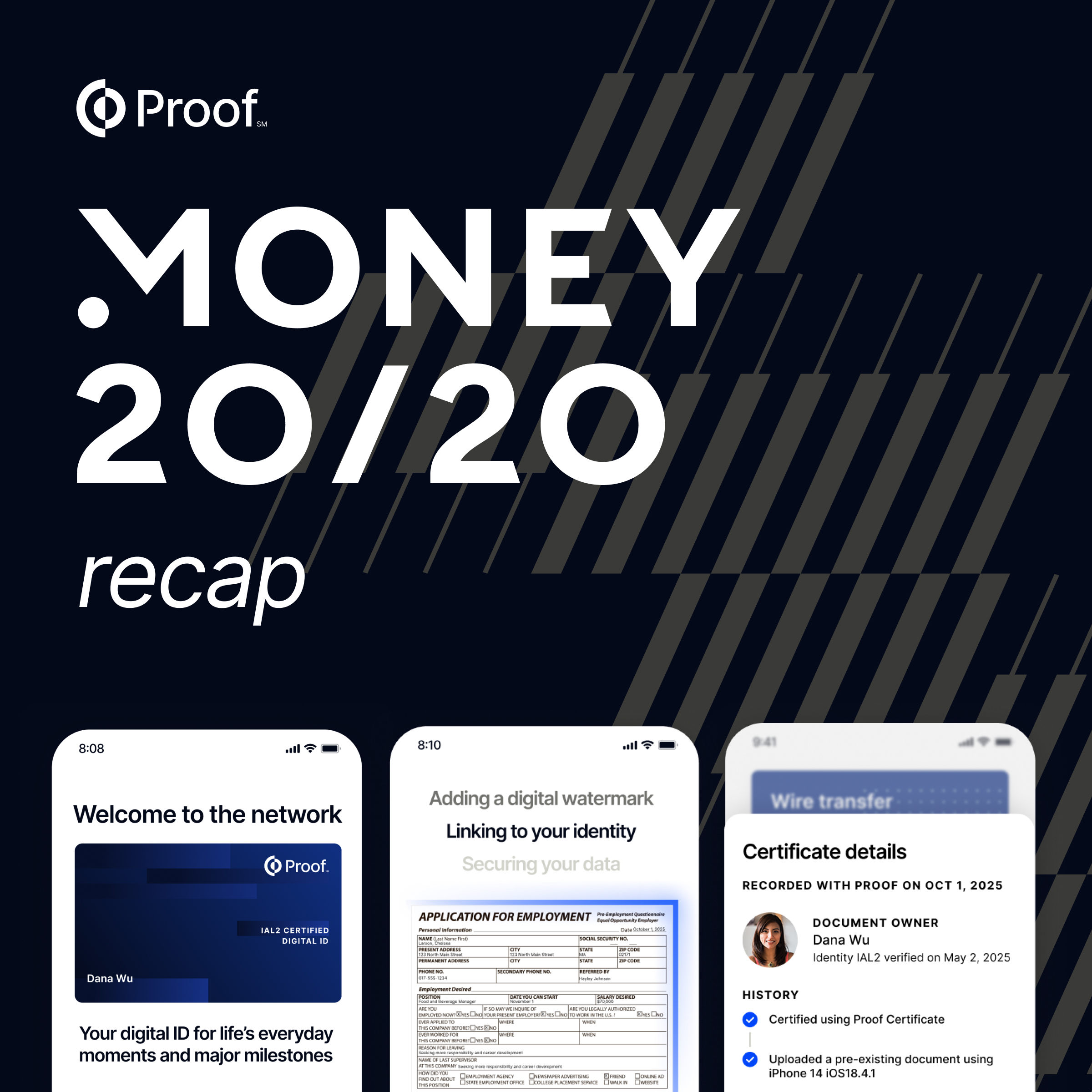






.png)


.jpg)



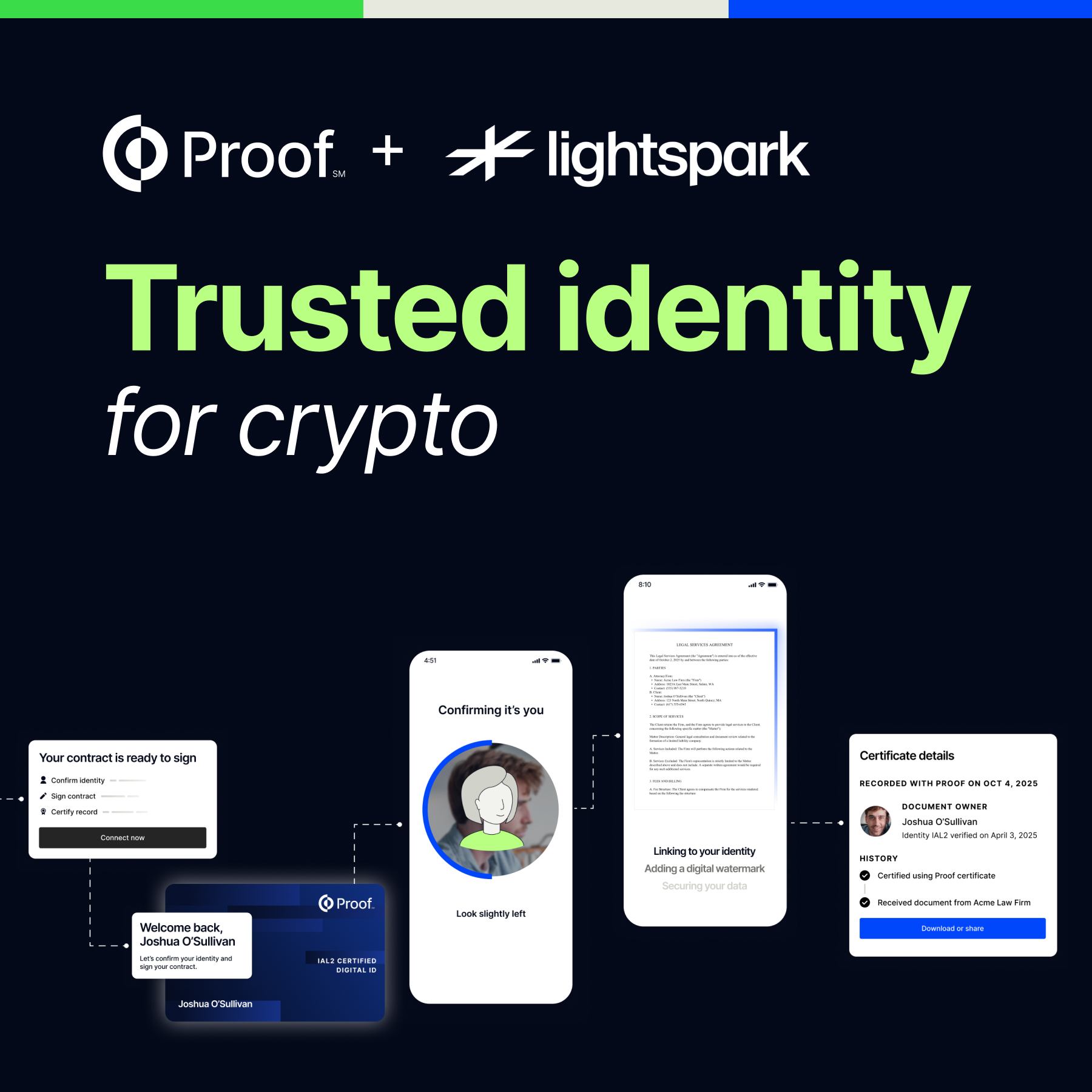










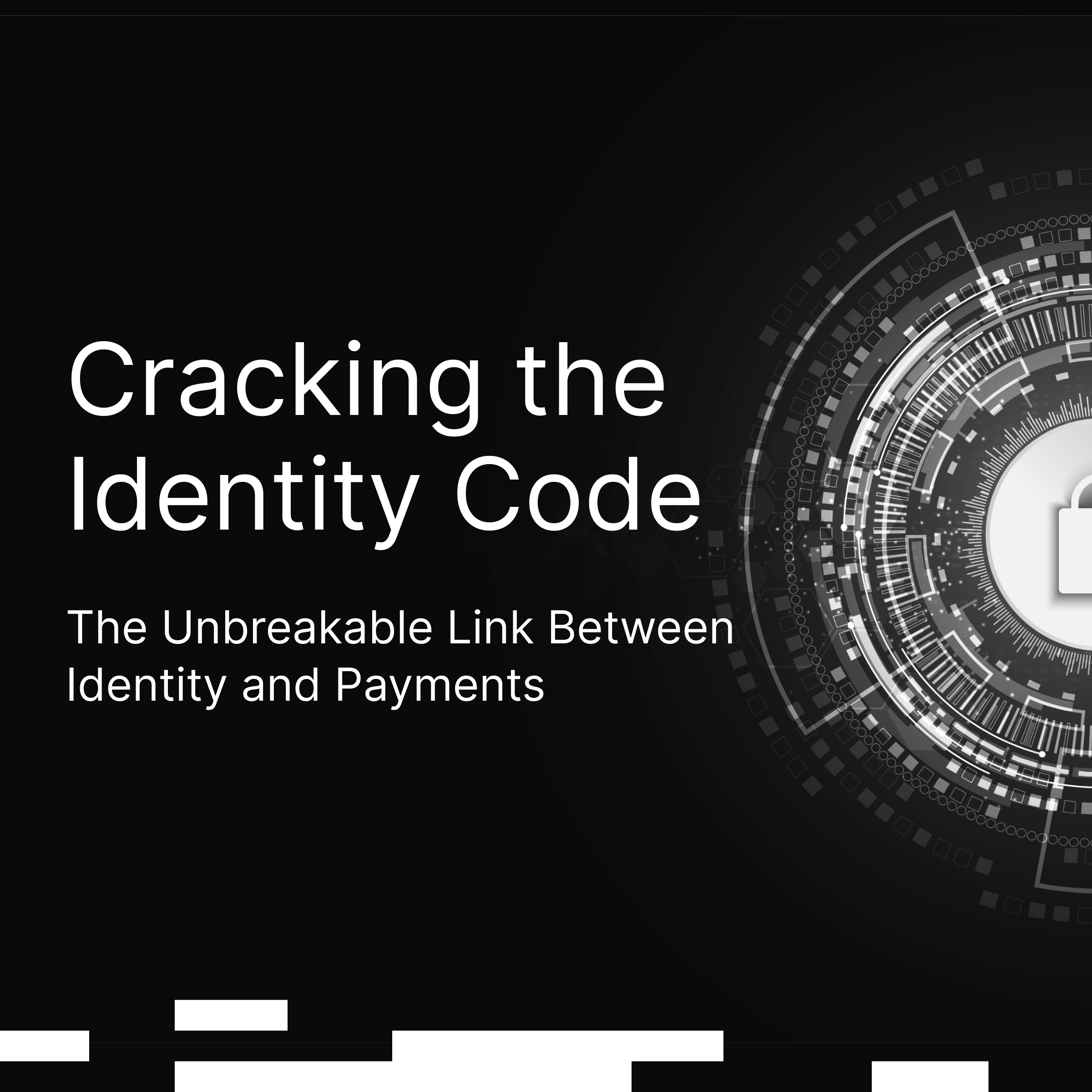


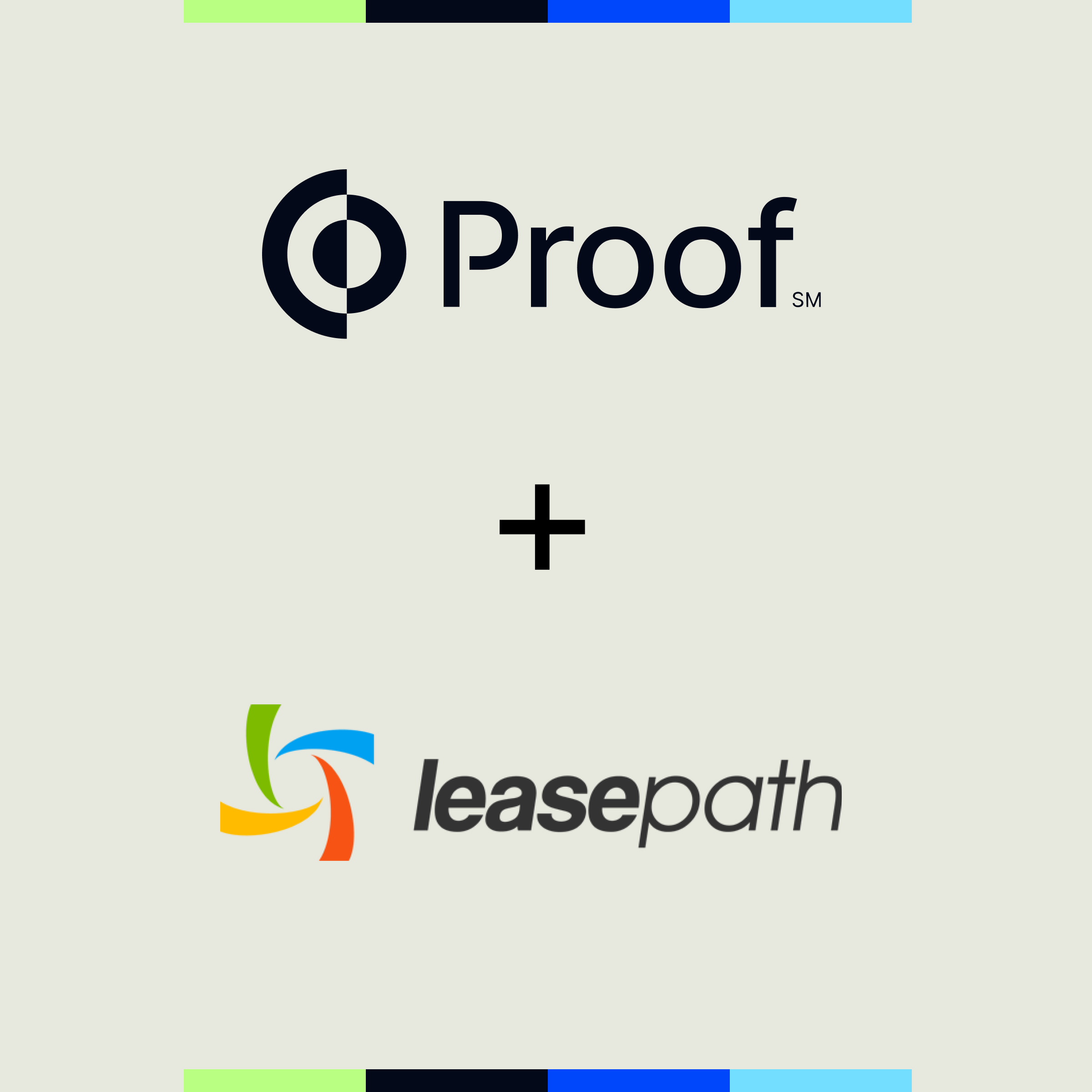


















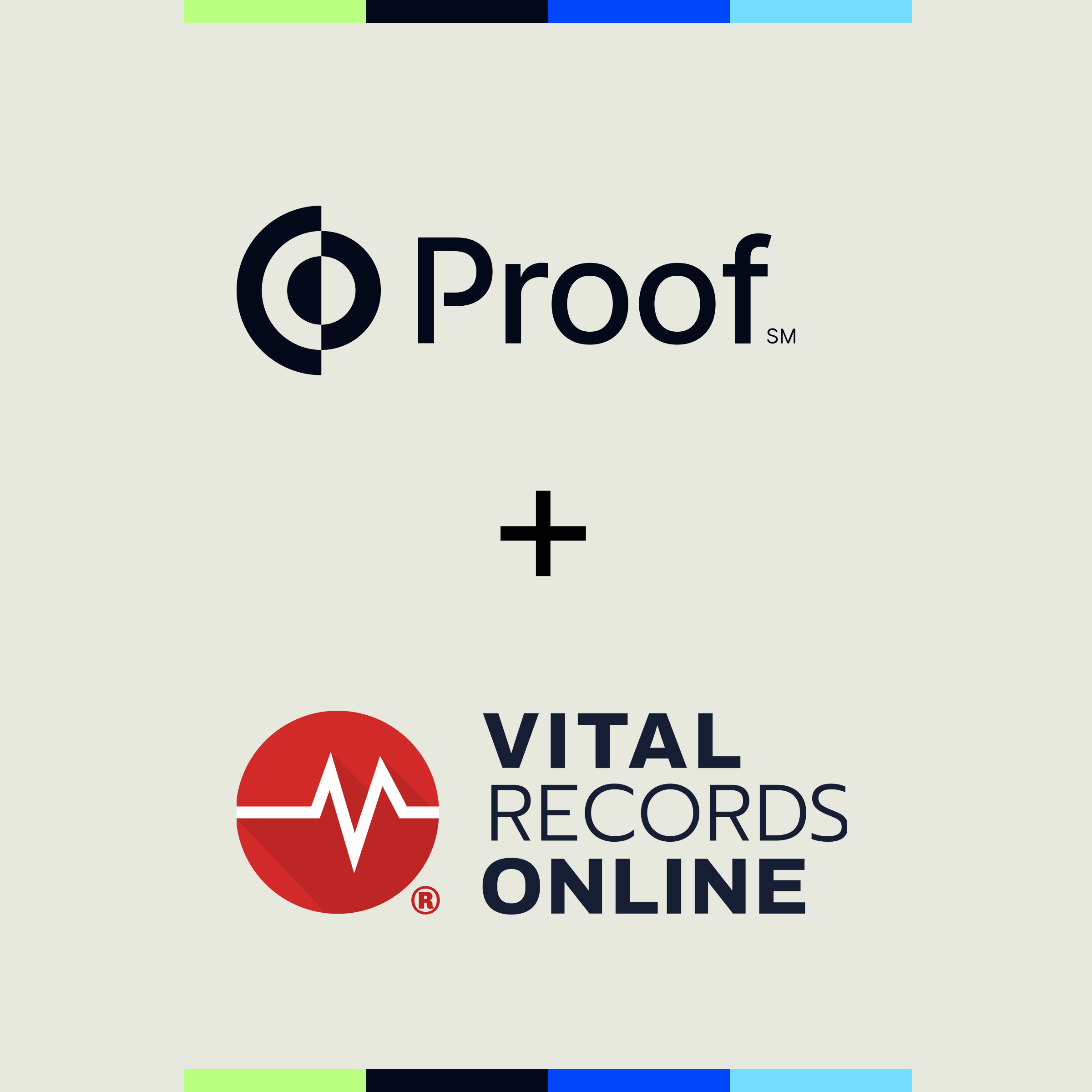








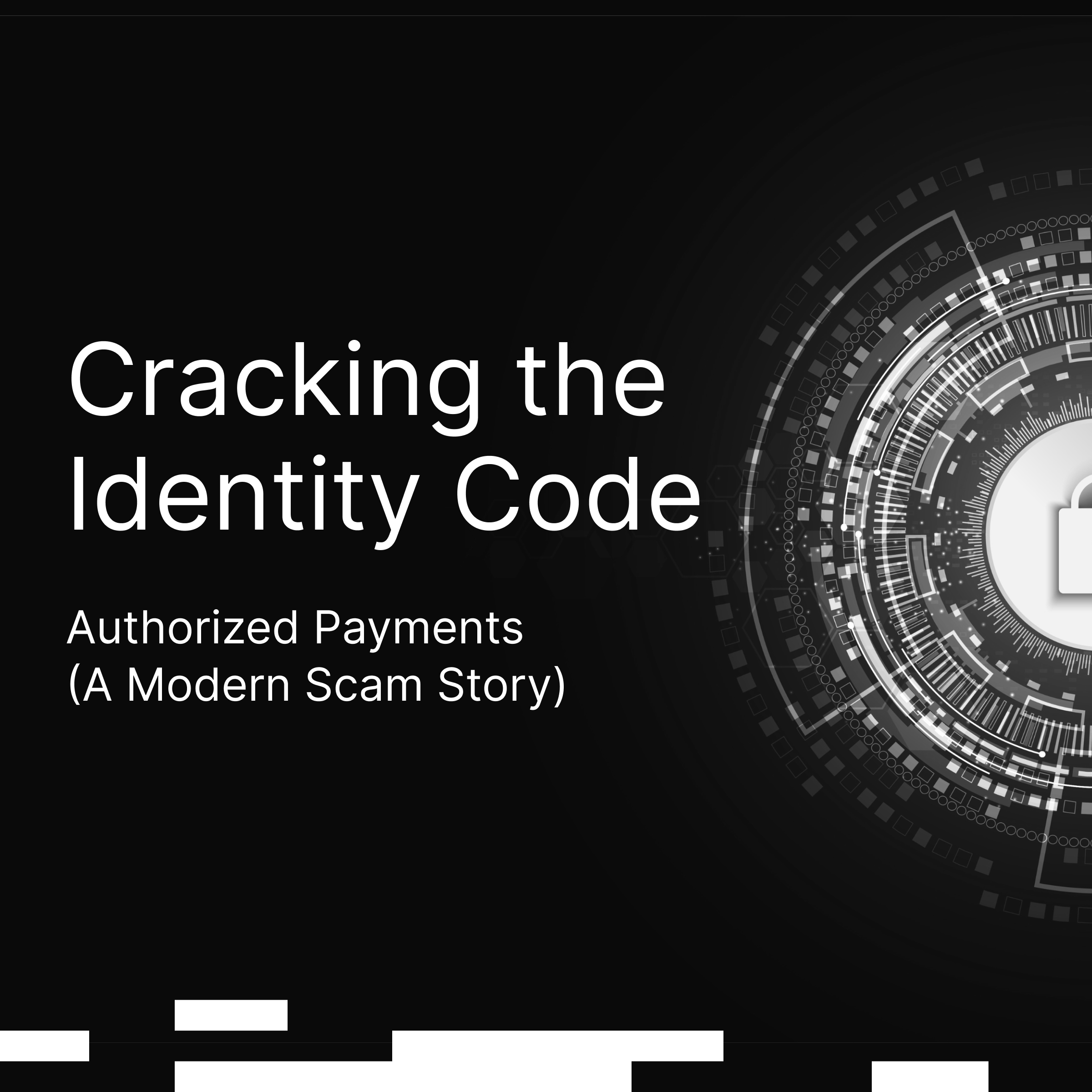










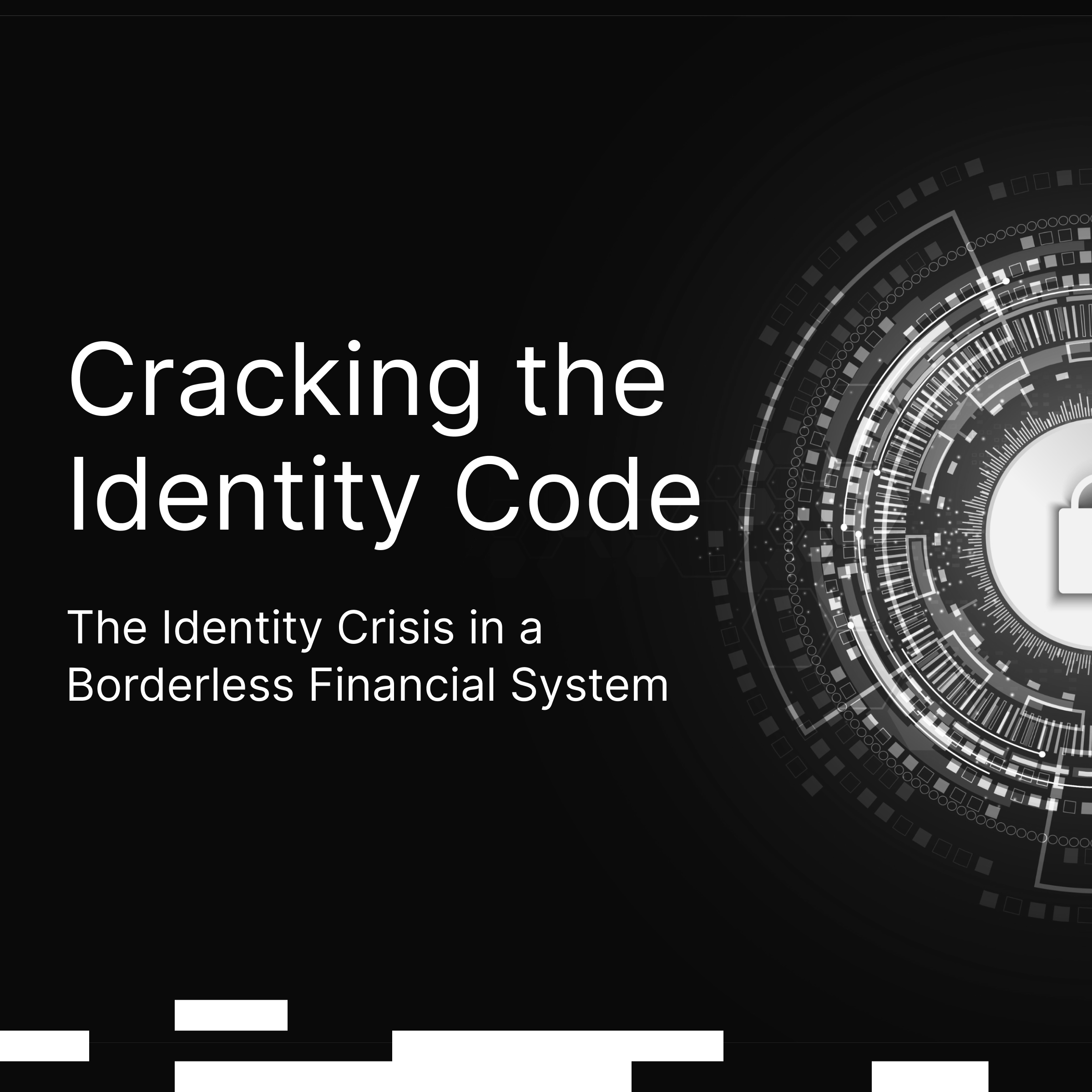




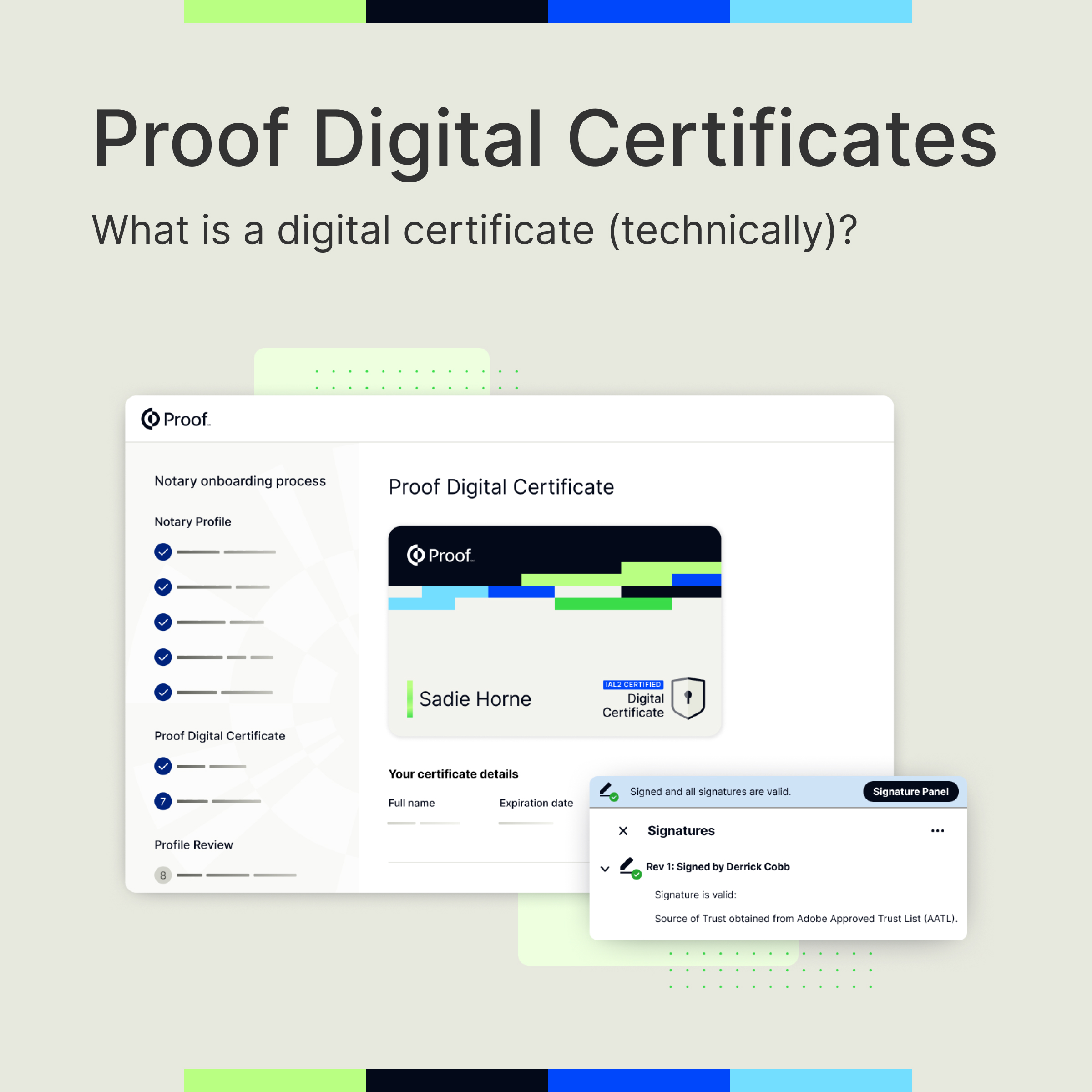



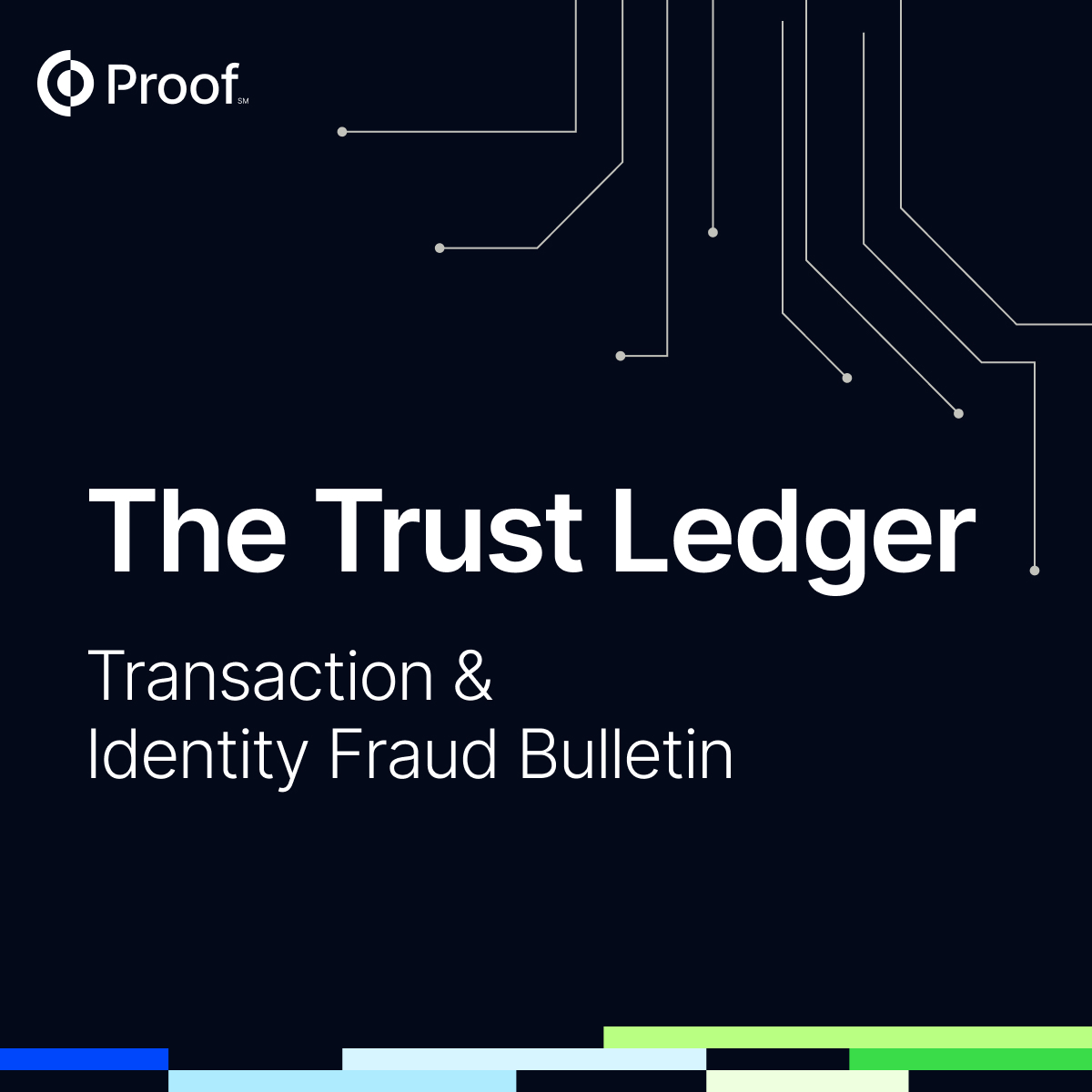







































.jpg)





.png)